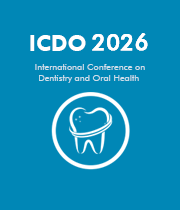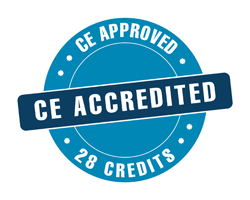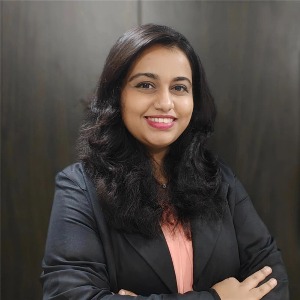Title: Photobiomodulation in prosthodontics: A new frontier
Abstract:
Photobiomodulation (PBM), formerly known as low-level laser therapy (LLLT), has emerged as a promising non-invasive therapeutic modality that uses low-power light energy to stimulate cellular activity, modulate inflammation, and enhance tissue regeneration. In the realm of prosthodontics and implantology, soft tissue healing is a critical factor influencing the long-term success of prostheses and dental implants. Delayed or inadequate healing can lead to complications such as peri-implantitis, tissue recession, or prosthesis failure. This presentation explores the biological mechanisms through which PBM enhances soft tissue healing, including the stimulation of mitochondrial activity, increased ATP production, angiogenesis, and modulation of cytokine levels.Current evidence demonstrates its efficacy in accelerating wound closure, reducing postoperative inflammation, and improving the quality of peri-implant mucosa. Clinical protocols involving red and near-infrared wavelengths (typically 600–1000 nm) are discussed with regard to dosage, frequency, and delivery techniques.Additionally, this session examines recent clinical trials and in-vitro studies that highlight the benefits of PBM in various prosthodontic and implant cases—ranging from immediate implant placement to peri-implantitis management. Limitations, contraindications, and standardization challenges in PBM application are also addressed to ensure safe and predictable outcomes. As dental medicine moves toward biologically driven therapies, PBM presents a valuable adjunct to conventional treatment protocols, offering a painless, drug-free, and cost-effective approach to enhancing peri-prosthetic and peri-implant soft tissue health. The integration of light-based therapy into routine practice holds great potential for improving patient outcomes and satisfaction.




